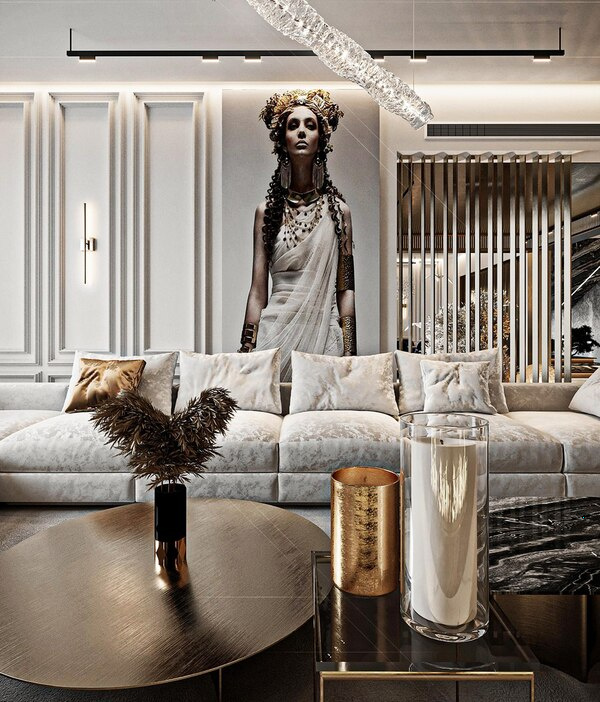The Role of Lighting in Setting the Mood
Lighting plays a critical role in shaping the ambiance and mood of a space, influencing not only how we perceive the environment but also our emotional and psychological responses to it. Whether it's a cozy home setting, a professional workspace, or a high-energy retail store, the effectiveness of lighting can make or break the atmosphere. Here's a closer look at how different types of lighting affect mood and how to strategically use them to create the desired effect.
The Basics of Lighting Types

Lighting can broadly be classified into three categories: ambient, task, and accent lighting.
Ambient lighting is the general illumination that fills the room. It often comes from larger fixtures such as chandeliers, ceiling lights, or even sunlight streaming through windows. Its primary role is to provide enough light for overall visibility and comfort.
Task lighting focuses on specific areas where more light is needed for activities like reading, cooking, or working. Examples include desk lamps, under-cabinet kitchen lights, and vanity lights in bathrooms.
Accent lighting is used to highlight particular features or objects within a space, such as artwork, architectural details, or plants. Track lighting, spotlights, and wall sconces serve this purpose well.
Color Temperature and Its Effects
The color temperature of a light source, measured in Kelvins (K), significantly impacts how a space feels. Cooler temperatures (5000K-6500K) emulate daylight and create a bright, energetic environment. They are perfect for workspaces, libraries, and areas where mental alertness is critical. Conversely, warmer lights (2700K-3000K) exude a soft, inviting glow, ideal for relaxing spaces such as living rooms and bedrooms.
The Psychological Impact of Lighting
- Warm Lighting: Incandescent bulbs and warm LED lights provide a feeling of comfort and coziness. They are especially effective in areas meant for relaxation and unwinding, like living rooms and bedrooms.
- Cool Lighting: Fluorescent lights or cool white LEDs are stimulating and invigorating. These are best suited for task-oriented environments where focus and alertness are required, such as offices and study rooms.
- Natural Lighting: Utilizing natural light not only reduces energy consumption but also promotes a healthier atmosphere. Exposure to natural light can improve mood, increase productivity, and regulate our circadian rhythms.
Strategic Placement of Lighting
Effective lighting isn't just about selecting the right fixtures or bulbs; it's about their placement and how they interact with other elements in the room.
-
Layering: Combining different types of lighting can add depth and dimension. A well-layered lighting plan uses ambient lighting for general illumination, task lighting for specific activities, and accent lighting to add drama or highlight focal points.
-
Dimming: Using dimmers allows for flexibility in adjusting light levels according to different times of the day or activities, enhancing the room’s adaptability and atmosphere.
- Highlighting: Purposefully placed accent lighting can draw attention to artwork, architectural features, or other focal points in a room, adding both interest and drama.
Conclusion
Lighting is an essential design tool that can dramatically b8iyb the atmosphere of any space. By understanding the psychological effects of different lighting types and strategically placing them, we can create environments that enhance our mood, productivity, and overall well-being. Whether you're looking to design a cozy retreat, an efficient workspace, or a dynamic public area, thoughtful lighting choices are key to setting the desired mood.